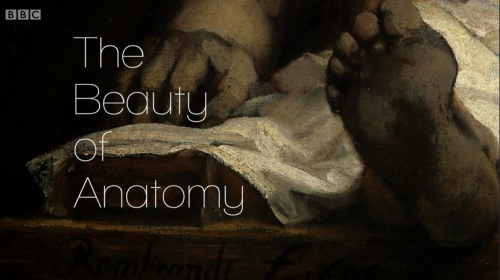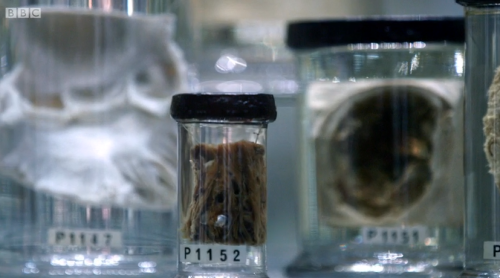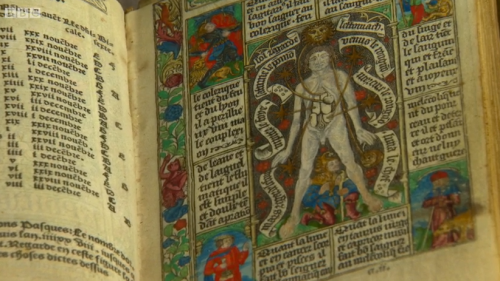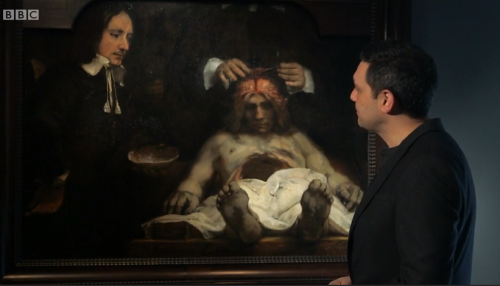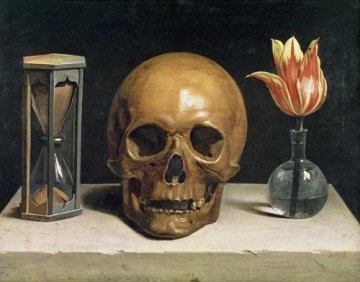In a documentary that opens with the presenter wandering through what appears to be an archive of medical artefacts, with its close-ups of various specimens floating in glass jars, it is a pleasant surprise to see anatomical drawings being examined for their own distinct aesthetic qualities and as products of particular cultural and social contexts, rather than merely being used to illustrate a historic narrative of scientific advancement.
In his introduction to the series, scientist Dr. Adam Rutherford describes The Beauty of Anatomy as an investigation into “the beautiful synthesis between discoveries in anatomy and the works of art that illustrate them.”
Rutherford provides a historic account of anatomical illustrations that converges both scientific and artistic narratives in equal measures. This in itself is striking in the respect that science and art are not often portrayed as close companions, with science operating within the objective world of rational knowledge and art within the subjective sphere of human experience.
In an age before photography, anatomical drawings certainly had their practical use for students and medical professions, while also playing a vital role in expanding our knowledge of how the human body works. But what purpose do these works serve when examined from an artistic perspective?
Death is a prominent theme throughout the history art. Many of these depictions serve as a form of memento mori, to remind us of the rather sobering notion that death is inevitable so that we might focus on cultivating the soul rather than attachment to material objects.
However, it is this material world, rather than the spiritual, that is the inherent focus of anatomical illustrations, and as such it is hard to sever them from the somewhat grisly conditions in which they were conceived. In this regard it might be considered somewhat ironic that there is a notice on iPlayer that the series contains “graphic medical scenes”, presumably due to the footage of modern medical students conducting dissections.
Our sense of unease with depictions of anatomy as the product of dissection is also reflected in the dark aesthetic style of the documentary itself. Many of Rutherford’s pieces to camera are shrouded in shadow, creating a film noir like atmosphere.
At this point, it is also perhaps interesting to note that dissections have been the subject of television programming in the past. Some might recall that there was much controversy back in 2002 when anatomist Dr Gunther Von Hagens carried out a live autopsy on Channel Four. During the autopsy an audience member asked why he would not remove his hat out of respect for the dead, to which Von Hagens points to Rembrandt’s “The Anatomy Lesson of Dr. Nicolaes Tulp” which was hanging in the theatre.
There is very much a sense of spectacle in the representations of dissections both on screen and portrayed by anatomical illustrations. The Beauty of Anatomy is part of a narrative that charts the history of this spectacle in a way that prompts us to consider where we draw the line between science and art, or if the two categories are even mutually exclusive.

